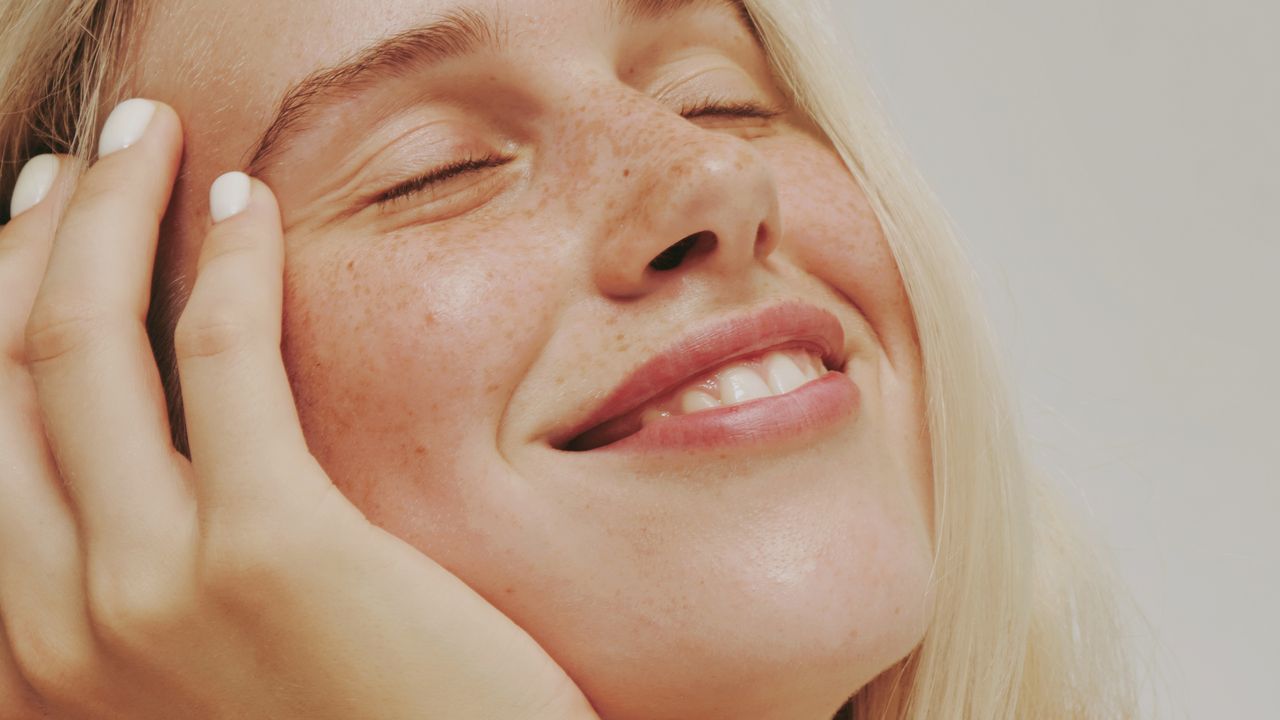Chemical peels, spot treatments, even a regrettable dab of toothpaste — we’ve tried just about everything to zap a breakout. And while salicylic acid and benzoyl peroxide still hold their rightful place as skincare staples (with toothpaste firmly out of the running), we’ve gone down a more futuristic path with high-frequency acne wands.
“These are skincare devices that use a mild electrical current to generate thermal energy and oxygen within the skin,” says Dr Ksenia Butova, general practitioner in longevity and aesthetics and owner of Molodost’ Class Clinic and Family Class Clinic, Dubai. “This technology was first developed for medical purposes, but is now widely used in cosmetic treatments. The device emits a gentle alternating current through a glass electrode filled with gas — usually argon (blue or violet light) or neon (orange or red light).”
Think Harry Potter’s Elder Wand — sleek, powerful, and surprisingly good at vanquishing the most stubborn monsters — skincare edition. According to Dr Tatiana Kuznechenkova, specialist dermatologist, Hortman Clinics Dubai, acne wands are one of the rare skincare technologies that have stood the test of time. “My mother and grandmother used them, and now they’re having a well-deserved second life in the modern beauty world.”
How does it work?
The device delivers a gentle electrical current that boosts microcirculation and oxygen flow, creating an environment that helps destroy acne-causing bacteria. At the same time, it stimulates cell regeneration and strengthens the skin’s natural barrier, leaving your complexion clearer, healthier, and radiantly energised.
“The device works by creating ozone — a form of oxygen that neutralises acne-causing bacteria, calms inflammation, and speeds up healing. It’s especially effective for active, inflamed breakouts and congested areas,” explains Dr Kuznechenkova.
That said, Dr Butova notes that while high-frequency wands can help dry out active breakouts and reduce surface bacteria through a mild antiseptic effect, they don’t address the root causes of acne — such as hormonal imbalances, excess sebum, or underlying inflammation. “Their impact on the overall pathogenesis of acne is minimal,” she cautions. “They can be used as part of a broader treatment plan, but not as a standalone solution.”
Acne wands versus LED light therapy
When it comes to effective skincare devices, LED light therapy definitely takes the cake — it, however, functions very differently from high-frequency wands. The former, especially blue and red light, work on a deeper level where blue light targets acne-causing bacteria, while red light reduces inflammation and promotes skin healing.
“LED light therapy uses wavelengths of light to influence skin behaviour over time, improving cell communication and oil regulation,” says Dr Kuznechenkova. Simply put, high-frequency is a fast-acting emergency tool, while LED is your slow and steady investment in skin balance.
Acne wands versus spot treatments
Relying on actives like salicylic acid and benzoyl peroxide to dry and exfoliate, topical spot treatments have earned a permanent spot on the vanity shelves of anyone with acne-prone skin. High-frequency wands do offer similar benefits, such as mild drying, but with the added effects of improved microcirculation and reduced inflammation, at a deeper level.

